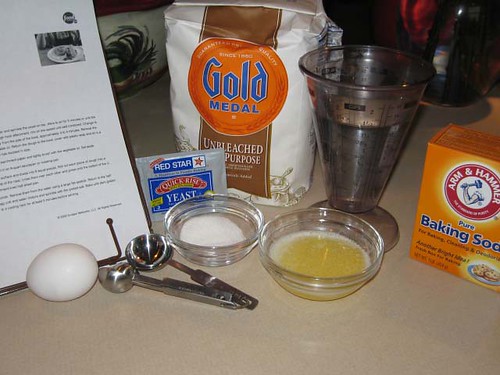Freezing Unbaked Pitas
I was inspired by a question by someone in another bread forum and my own recent discovery and love affair with baking pita. In the other forum, the person had frozen shaped bread dough and then was having problems reviving it. I wondered if she could make pitas with it. While that question remains unanswered, I tried a related experiment.
- Log in or register to post comments
- 2 comments
- View post
- Rosalie's Blog



